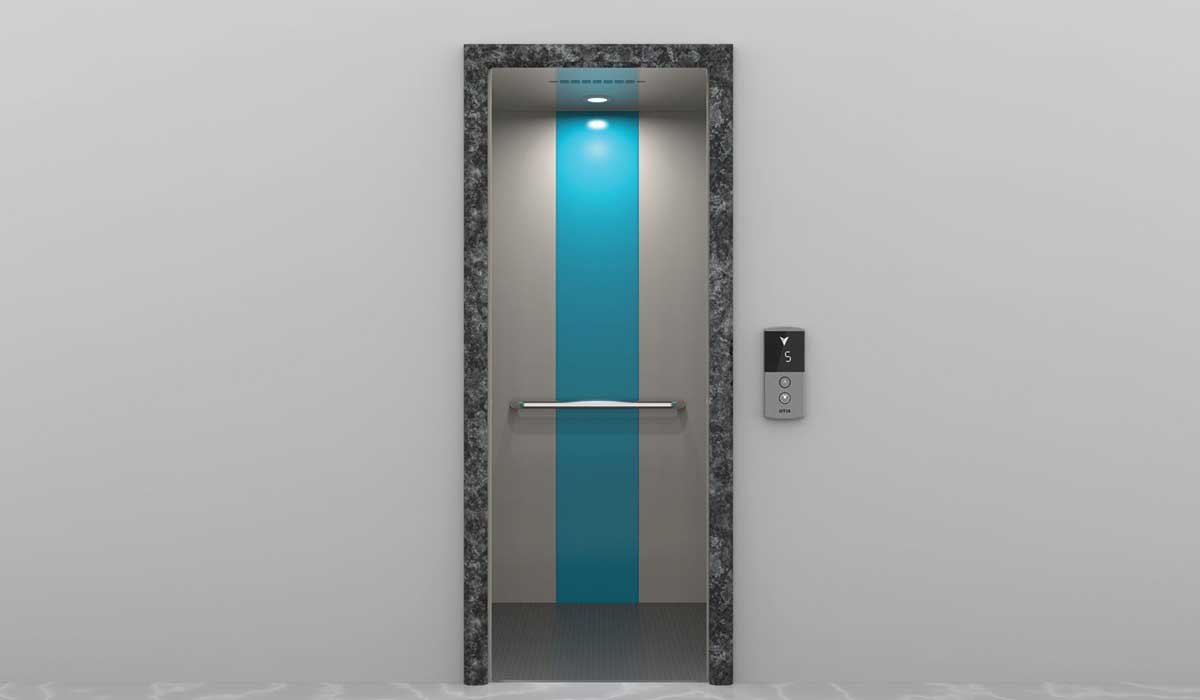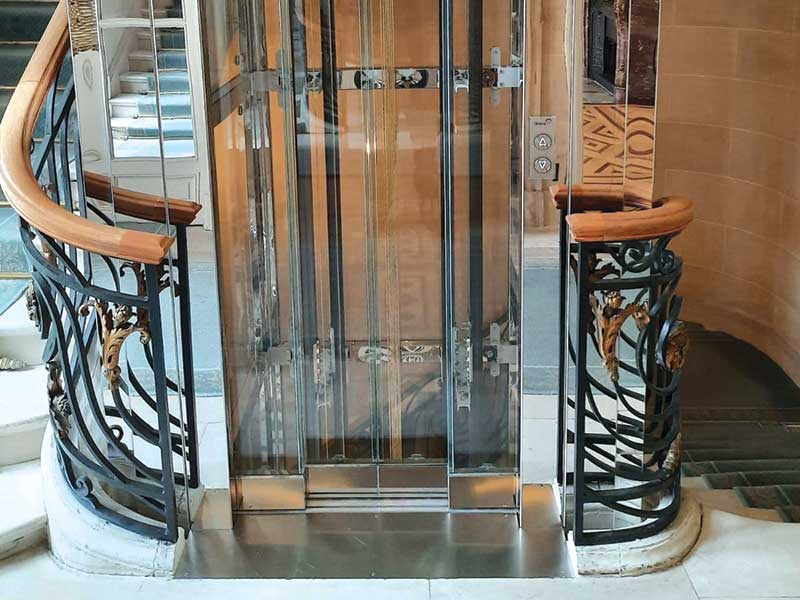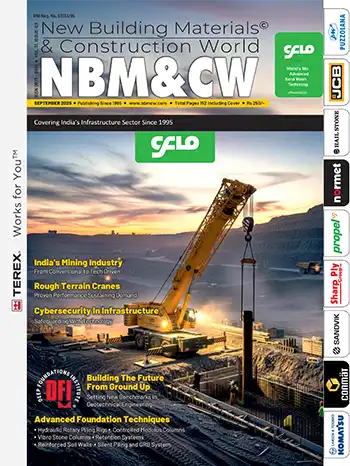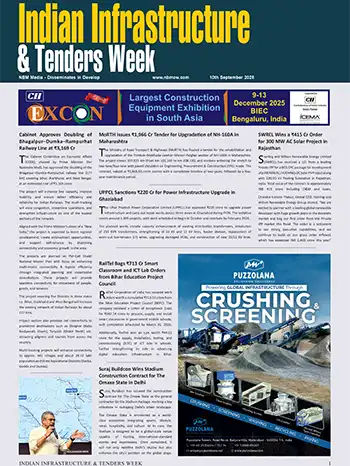Sebi Joseph, President, Otis India
Selling Lifts Online: An Industry First
Otis India is the first major OEM in the vertical transportation industry to enable order-booking completely online. The idea is to make elevator buying as simple and as transparent as possible and encourage ease of selling. Online buying will enable the industry to reach out to smaller towns and cities as bookings can be done from the ease of desktops and mobile phones.

Last year, Otis India launched its entry level elevator Gen2 Prime designed for low-rise buildings. Customers can now use the digital platform to customize and order an Otis Gen2® Prime elevator and get a live quote. Once booking is completed, the online portal automatically sends a booking confirmation via email to the customer, after which, an Otis sales expert will contact the customer for the order fulfilment process.
India, like much of the world, operates on a digital-first basis. So, we created this system to best meet our customers’ needs and are already seeing encouraging results.
The future is digital and the launch of online sale of elevators by Otis should help digitally savvy Indian customers to easily find solutions to their vertical transportation challenges
Sebi Joseph
Advancements in Safety
Otis products are designed to ensure passenger safety. Features include the following:
Infra-red door protection system: This consists of invisible infrared beams across the entrance of the elevators. If any beam in the curtain is broken, the door protection system re-opens the elevator door instantly and without making physical contact with the passengers.
Overload detection: This feature does not allow the elevator doors to close in case the car is carrying passengers beyond the specified limit. The elevator resumes operation only when the extra weight is removed.
Automatic Rescue Device (ARD): This is especially useful in places where power supply is irregular. In the event of a power failure, the ARD will bring the elevator car to the nearest floor and will stay on that floor with the door open till the power supply is resumed.
Seismic sensors: Installed in buildings, the sensors detect earthquakes, so that elevators can be stopped at the nearest floor. The seismic sensor can be linked to the elevator controller and halt the elevator on detecting an earthquake.
Security and access: With the technology upgrades that have taken place in the industry in recent years, an elevator can also be used to protect building occupants from intruders, thereby offering security from external threats. Secure Access technology requires certain codes to allow access to floors. The elevators can also be programmed: when a passenger inserts a card into the card reader, he or she will be allowed to register a call to certain floors only. This prevents unauthorized access. Other add-on safety features for elevators include Fire Alarm Home Landing, Intercom, and Emergency Power Operation.
Purification Products & Services
Due to Covid-19, safety now takes on a larger meaning by including hygiene. In response to the pandemic, companies in the vertical transportation industry have begun to promote touchless technologies in a bid to minimize use of public access buttons. Major companies like Otis are also offering elevator and escalator purification products and services for customers. The elevator can be fitted with a purification fan that inactivates micro-organisms. The fan has an anion generator and an ultraviolet lamp to neutralize germs and filter dust within the cab. Handrail sanitizers can be fitted on handrails; the module is designed to remove germs using ultraviolet light. These solutions also support the recommendations and guidance presented by the WHO, the U.S. Centers for Disease Control and Prevention (CDC), and health experts.
Integrating Touchless Mechanisms
Touchless technologies are especially attractive in the current environment. For instance, our Bluetooth enabled Otis eCall™ mobile app can be synced with elevators to enable passengers to use their smartphones as their personal elevator call button and call an eCall-equipped elevator when approaching it. This helps minimize use of public access elevator buttons. The eCall app also gives building managers the flexibility to provide easy access for passengers and offer them a seamless experience within their buildings.
Streamlining Passenger Movement
Facility managers are now opting to retrofit destination management systems to help make passenger movement more streamlined and efficient. These systems, like the CompassPlus™ destination dispatch system, are especially useful in structures with multiple floors and multiple elevators. Instead of using standard two-directional call buttons, passengers enter their specific floor in the destination management console. These systems assign passengers traveling to nearby floors to the same car. This minimizes the number of stops per trip, reduces car crowding, and decreases travel times.
Proactive Service
Industry leading companies are using Internet of Things (IoT) and Artificial Intelligence (AI) to usher in maintenance that is proactive and transparent. By using such technologies, companies can detect potential issues and inform a customer for preventive maintenance. Predictive maintenance tools can notify building owners and field professionals of a possible issue; which better prepares field professionals when they arrive on-site to work on the elevators.
















